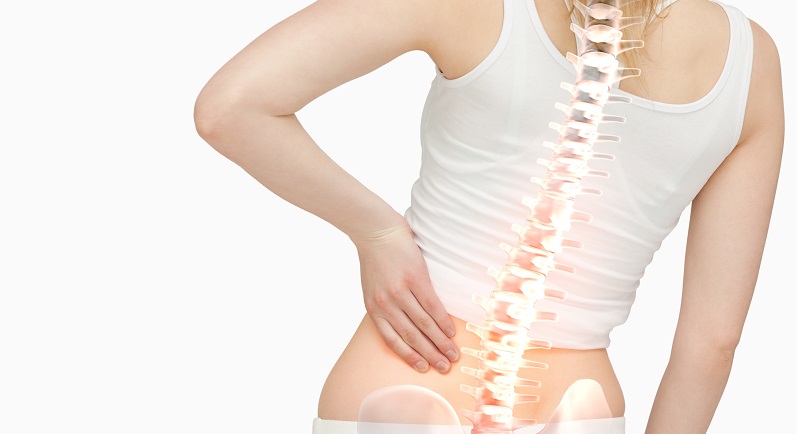4 Types Of Scoliosis And Why They Develop
Category: Scoliosis | Author: Stefano Sinicropi

Scoliosis is a spinal condition that results in the sideways curvature of the spine, and oftentimes it develops during adolescence. However, the condition doesn’t just affect teens, and it comes in a few different forms, all of which Dr. Sinicropi and the team at the Midwest Spine & Brain Institute can treat. Below, we take a closer look at four different types of scoliosis, why they develop, and how they are best treated.
Four Common Types Of Scoliosis
Here’s a look at four common types of scoliosis that can cause symptoms in people at different stages of life, and some information on how the condition can be treated.
- Adolescent Idiopathic Scoliosis – Adolescent idiopathic scoliosis, or AIS, is the most common form of scoliosis, as it accounts for roughly 70 percent of all cases. When you picture this condition in your head, you’re likely thinking of adolescent idiopathic scoliosis. This type of scoliosis develops in children and teenagers as their spines go through a period of rapid growth. Depending on the severity of the condition, it is typically treated with observation to ensure it doesn’t get worse or become symptomatic, bracing to slow mild or moderate cases, or surgery to get the spine back on the correct path in severe cases.
- Congenital Scoliosis – Congenital scoliosis is caused by a defect that is present at birth. This defect results in the malformation of crucial vertebrae in young children when their spine begins to grow. Treatment will depend on the severity of the deformity. Unfortunately, congenital scoliosis does not tend to respond well to bracing, so if intervention outside of observation is needed, it’s almost always in the form of surgery.
- Neuromuscular Scoliosis – Neuromuscular scoliosis is an irregular spinal curvature caused or worsened by paralysis, paraplegia, or a neurological deficit. This condition tends to get worse with time, simply because of the issues caused by the paraplegia or neurological deficit, so again, if it gets to the point that intervention is needed, surgery is typically the go to option.
- Degenerative Scoliosis – The final type of scoliosis we’ll cover in this blog is known as degenerative scoliosis, and as the name implies, it occurs when wear and tear on the spine causes spinal structures to break down. If these structures can no longer provide the right support to the spine, it can slowly begin to shift out of alignment. Recognized early enough, conservative treatments like physical therapy, weight loss and bracing can all help prevent worsening and alleviate symptoms. For more serious cases, surgery can artificially stabilize the spine and shift vertebrae back into an appropriate location.
If you’re dealing with scoliosis or another spinal curvature disorder, reach out to Dr. Sinicropi and his team today.